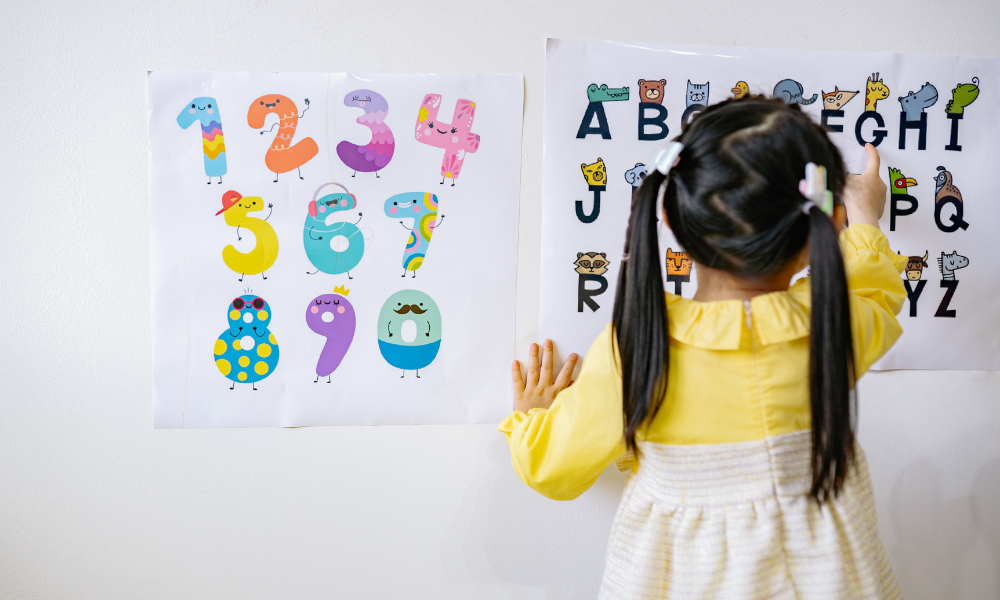Integrating Montessori principles at home fosters your child’s independence and confidence. Founded by Dr. Maria Montessori, this educational approach emphasizes self-directed learning and respects a child’s natural developmental pace. Here, you’ll find practical steps and activities we use in our Tamil family to establish Montessori practices and provide tips for busy parents.
Step-by-Step Guide for Montessori Activities at Home
1. Create a Prepared Environment:
In Tamil households, we have a small area with child-sized furniture, making tools and materials accessible. You don’t need a perfect setup; just a mat and a few utensils will suffice!
Using natural materials like wooden spoons enhances sensory experiences and connects children to their roots.
Maintain a tidy and calming space to encourage independent exploration, mirroring our own experiences helping around the house.

2. Incorporate Practical Life Activities:
Engaging children in everyday tasks, like setting the table, cooking simple dishes, or watering plants, incorporates Montessori principles at home. These activities promote learning through real-life experiences.
Encouraging children to make choices—such as selecting vegetables for dinner—instills responsibility and allows them to thrive in their independence.
These straightforward, budget-friendly activities nurture concentration and self-discipline, fundamental aspects of Montessori learning. It’s remarkable how effective simple tasks can be.

3. As both a mom and educator, I observe my child’s interests, leading to discoveries using simple items around our Tamil home. Instead of elaborate setups, we use accessible resources to spark curiosity through fun, open-ended activities.
4. For instance, offering everyday sensory materials like rice, lentils, or spices allows my child to explore at their own pace while learning about our culture.

5. These practices foster independence and build confidence as children take ownership of their learning experiences.
Model and Guide Desired Behaviors:
Demonstrating basic household tasks, like folding laundry or cooking, helps children learn by imitating respectful behavior.
Providing gentle guidance, without taking over, allows kids to explore and learn as they mimic our actions.
Clear and straightforward instructions enable my child to engage fully and enjoy each process, reinforcing their sense of accomplishment.
6. For instance, offering everyday sensory materials like rice, lentils, or spices allows my child to explore at their own pace while learning about our culture.

Embracing Montessori at home will be a rewarding experience, promoting our children’s independence through choices, like selecting vegetables to wash after shopping.
Engaging kids in tasks, such as sorting lentils or folding towels, enhances their concentration and self-discipline, transforming chores into moments of focused play.
Involving children in household chores teaches them responsibility—a value rooted in our Tamil traditions. Tasks like setting the dinner table or assisting with spices connect them to our culture while fostering independence.
By following these simple steps, we create a nurturing environment that supports our children’s growth. Whether you’re familiar with Montessori methods or new to them, these cost-effective activities fit easily into our daily lives, integrating learning at home without elaborate setups.
The aim isn’t to achieve a perfect Pinterest space, but rather to cultivate a love for learning through meaningful experiences. By sharing these moments with our children, we guide them in exploring and understanding the world, blending our culture with the Montessori method without requiring a significant investment.
By incorporating these simple activities into our routines, we not only teach valuable life skills but also strengthen our family bonds.

Join us at our next event to share practical tips in real time, navigating this beautiful fusion of culture and education.




